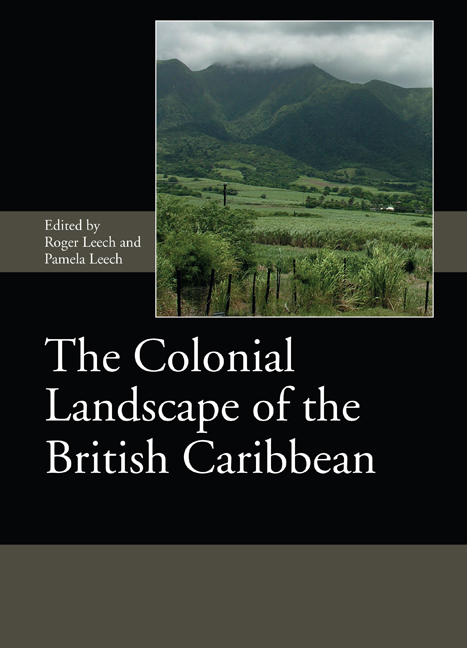3 - ‘Come Hell or High Water’: Architectural Responses to Natural Disaster in the Early British Caribbean
Published online by Cambridge University Press: 31 March 2021
Summary
SUMMARY: ‘Come Hell or High Water’ argues that the architecture erected by British colonials in the 18th-century Caribbean responded more to the region's natural disasters than to its heat. By surveying the architecture of four regions in the British Caribbean, including Barbados, the Leeward Islands, Jamaica, and South Carolina, this paper demonstrates that British builders in the Caribbean embraced at least three accommodations to these disasters, but that they did so unevenly. An explanation for such inconsistency across the region is found in the frequency of disasters. Quite logically, those colonies experiencing natural disaster with greater frequency integrated these three adaptations into their building stock much more consistently than did those where disaster struck only on rare occasion.
‘COME HELL OR HIGH WATER’
In 1725, the vestry of St Peter's Anglican Church in Port Royal, Jamaica, began the fourth church erected by that parish in the course of only 50 years. The three earlier structures on the site had all suffered under a regular battery of natural disasters, including a devastating 1692 earthquake, a fire in 1702, and hurricanes in 1712 and 1722. In an effort to erect a church that would better withstand the natural disasters that had beset their earlier buildings the parish erected a compact church on the plan of an extended Greek Cross measuring 80ft east–west and 72ft north–south (Fig. 3.1). With both an interior and exterior water table, the walls of the 1725 cruciform building are over 4½ft thick at ground level – far more than necessary to support the roof of a fairly small cruciform church that spans only 26ft. The thickness of the walls approximates to that used by builders of powder magazines rather than churches; in this, their fourth church, the vestry was determined to erect a structure that could withstand natural catastrophe. This vestry was not alone. Ten years before their counterparts in Port Royal, the vestry of the nearly adjacent parish of St Catherine's installed a plaque over their newly completed church:
This Church dedicated to the service of Almighty God was thrown downe by the dreadfull Hurricane of August the 28th Anno Domini MDCCXII, and was by the Divine Assistance, through the Piety and at the expense of the Parishioners, more beautifully and substantially rebuilt.
- Type
- Chapter
- Information
- The Colonial Landscape of the British Caribbean , pp. 39 - 56Publisher: Boydell & BrewerPrint publication year: 2021

